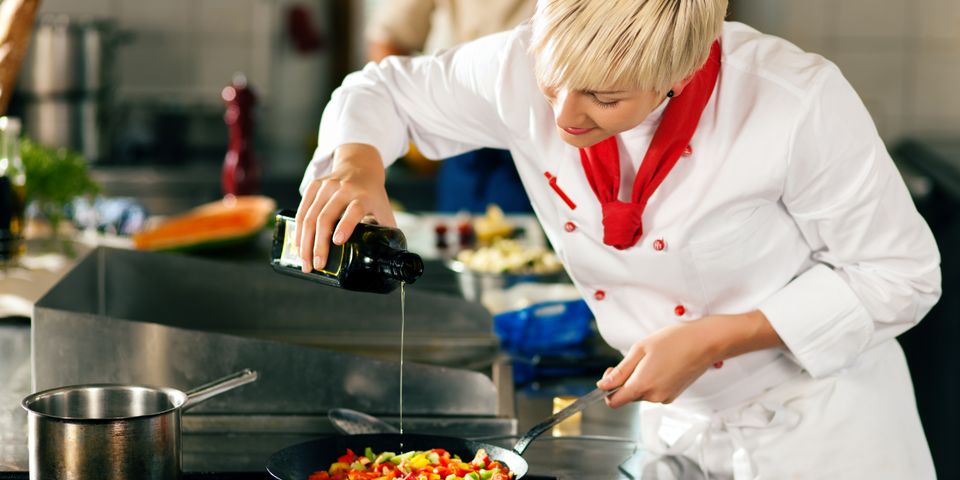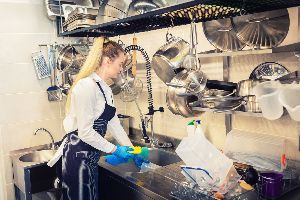How to Maintain Your Restaurant's Grease Trap

Running a restaurant involves many high-priority tasks, from planning the menu and keeping ingredients stocked to ensuring food safety. During the hustle and bustle, it's easy to overlook the plumbing, especially the grease trap—the receptacle that intercepts fats, oils, and greases (FOG) before they enter your plumbing. Grease trap cleaning and maintenance are crucial for preventing odors and keeping the tank from overflowing or clogging. Here's what you should know.
Minimize Grease in Drains

Though grease traps catch and store FOG, these substances can accumulate too quickly if you don't take measures to keep them out of drains. Minimize the grease that enters your trap by instructing your kitchen staff to scrape food residues into trash bins before washing dishes by hand or running them through dishwashers.
Additionally, you can install grease socks in sink drains. These disposable filters are made from absorbent netting that soaks up FOG while allowing water to pass into the pipe. Periodically replacing them prevents drains from clogging.
Teaching your kitchen staff not to pour grease directly into drains will help prevent the grease trap from filling up before your next pumping appointment. Instead, chefs and cooks should pour FOG into plastic containers with tightly sealed lids before throwing them in the garbage.
Use Warm Water While Washing Dishes
If your kitchen staff uses hot water while cleaning pots, pans, and plates, this can melt FOG, allowing these substances to flow down drains with ease. However, as grease travels through plumbing pipes, it cools and congeals, potentially forming blockages before it ever reaches the trap. In addition to causing slow drains and raw sewage backups, severe blockages can pressure your trap and connecting pipes, causing these components to crack or burst. If FOG bypasses your grease trap and enters the municipal sewage system, your business may face fines from the city. You can avoid these problems by asking your dishwashing staff to use warm water, generally between 90 and 110 degrees, instead of hot.
Schedule Professional Cleaning
When your grease trap becomes about one-fourth full, you'll need pumping and cleaning to ensure ample space for more FOG to enter the tank. A professional grease trap cleaning company will siphon FOG to a truck-mounted receptacle and clean the inside of the tank to remove residual grease from the inner walls. Before each pumping, they can measure the contents of your trap to calculate the average amount of time it takes to become one-fourth full, which helps establish a regular cleaning schedule. Most restaurants generally need this service about every three months.
Keep your grease trap in ideal working condition with routine services from Around The Clock Pumping. Located in Anchorage, AK, they provide professional drain line cleaning and pumping services for clients throughout the Kenai Peninsula and Mat-Su Borough. Visit the website for a complete list of services, or call (907) 345-9126 to schedule grease trap cleaning.
About the Business
Have a question? Ask the experts!
Send your question

